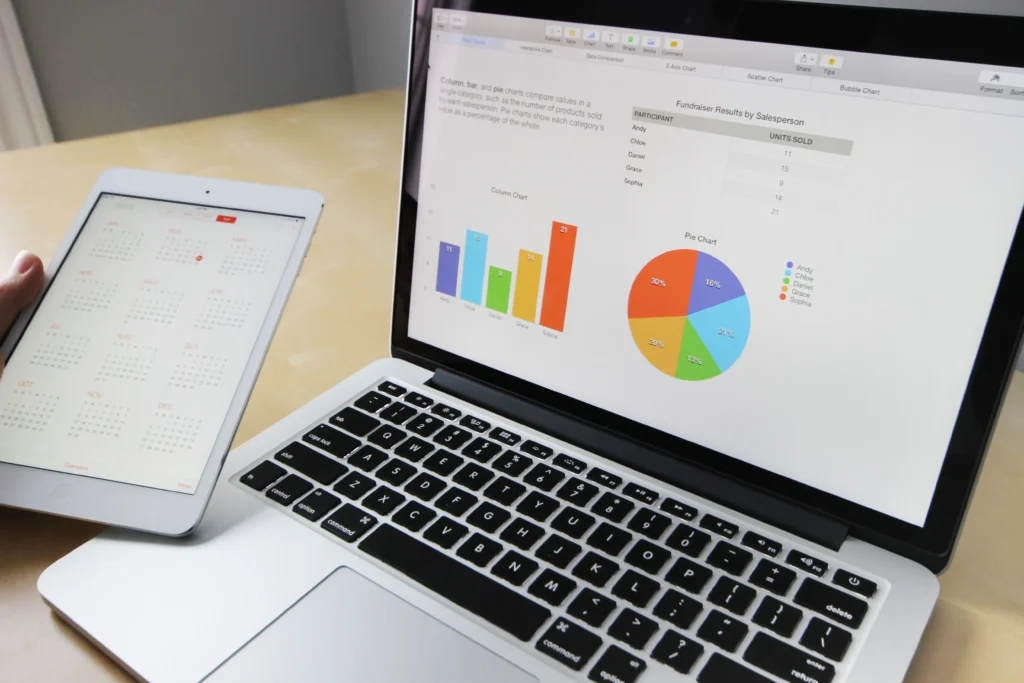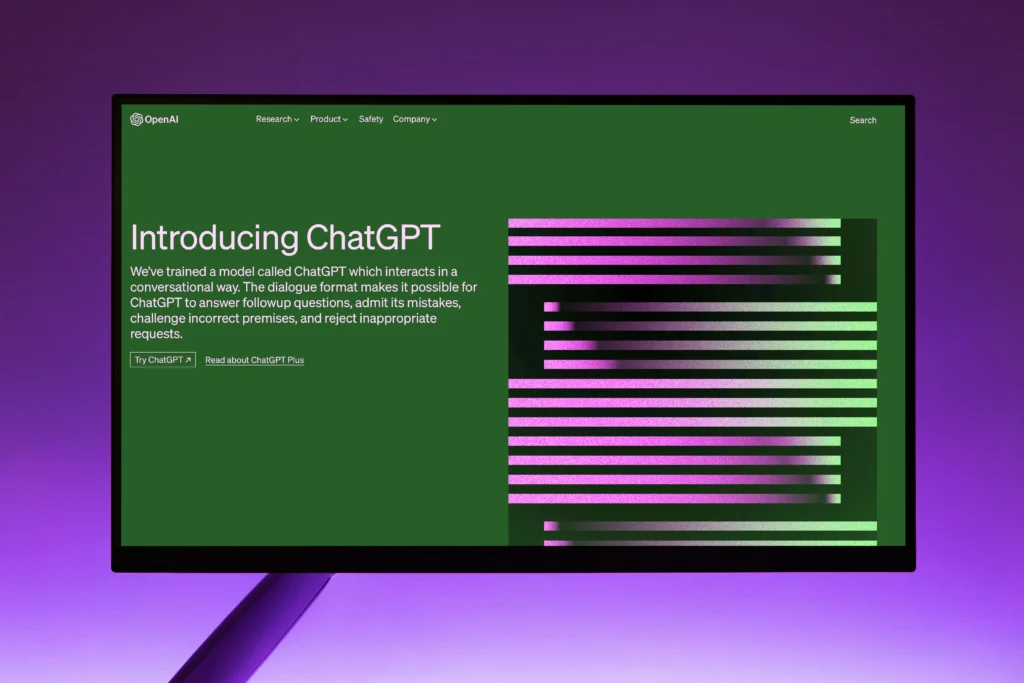In today’s age of digital content saturation, personalization in digital marketing has become more important than ever before.
Personalization can help increase your sales by increasing customer engagement, satisfaction, and loyalty.
People are seeking connection, and as a digital content producer it is your job to provide content that is tailored to your audience so it resonates with them and stays in their mind.
Understanding Personalization in Digital Marketing
What is Personalization in Digital Marketing

In digital marketing, personalization involves tailoring digital content and experience according to the audience’s interests, preferences, and needs.
By analyzing user behavior and data, marketers can find out exactly what the customers wants, so they can customize their digital campaigns accordingly.
Benefits of Personalization in Digital Marketing

- Improved Customer Experience
Don’t you love it when a salesperson understands what you’re looking for and makes recommendations accordingly?
Personalization has a powerful effect as it amplifies customer engagement and experience. When a person sees that their needs are recognized and validated, they become impressed and willing to trust your service.
Understanding and fulfilling customer expectations is crucial to connect with them on a deeper level.
- Increased Customer Loyalty and Retention
Ever noticed how some websites just seem to “get” you? It’s like they know exactly what you need before you do.
That’s digital content personalization at work.
Picture this: you’re browsing, and suddenly, the site recommends exactly what you were looking for. It’s like having a personal shopping assistant. This is how personalization keeps you coming back for more, and helps build a loyal bond between you and your favorite brands.
So, next time you find yourself drawn to a site that speaks your language, remember, it’s all about feeling understood.
- Higher Conversion Rates and ROI
When you see those spot-on recommendations and tailored offers, it’s not just a coincidence.
Personalization makes you more likely to click that “Buy Now” button, because it feels like they know what’s going on in your mind.
And guess what?
This is exactly why businesses invest in it. When they give you what you want, you’re more likely to convert to a sale and turn into a satisfied customer. This equates to better ROI for them and a win-win for everyone!
- Enhanced Data Collection and Insights
Content personalization is like a treasure trove of data.
When brands modify content to your interests, they obtain important information about your preferences, behavior, and needs. It’s like sneaking a look into your mind (in a totally non-creepy way, we promise!).
At each touchpoint, they learn more about you, assisting them refine their marketing approaches and understand what makes you click.
It’s all about offering you an improved experience while they get to understand you better.
Implementing Personalization Strategies

Now that you understand the magic of personalization, you must be wondering how to do it.
You can follow the following steps to craft personalized content for your brand users.
A. Data Collection and Analysis:
- Leveraging User Behavior and Interests:
Data collecting is the first step in effective personalization.
You may learn a lot about the preferences and interests of your consumers by tracking user behavior, such as website interactions, click-through rates, and purchase histories.
You may build tailored content and advertising that speak to their needs and preferences by analyzing this data. For instance, personalizing content to focus on a customer’s interests can boost the likelihood of engaging and converting them if they frequently engage with articles about hiking and outdoor experiences.
- Utilizing First-party and Third-party Data:
Your understanding of customers is improved when you combine first-party data (information gathered directly from your audience) with third-party data (information purchased from or obtained from outside sources).
Customer profiles, transaction histories, and interactions with your website and social media platforms are all examples of first-party data.
On the other side, third-party data offers extra perspectives from other sources like demographics, browsing habits, and consumer trends. Building thorough consumer profiles using both forms of data will help you more successfully hone your marketing strategies.
B. Personalized Content Creation:
- Tailoring Content to Specific Audience Segments:
Content that is universally applicable is no longer relevant.
You may produce content that speaks specifically to each group by segmenting your audience based on demographics, behavior, and interests. Addressing their interests and problems through blog posts, social media updates, or email campaigns improves engagement and raises the possibility of turning them into devoted clients.
For instance, an online fashion retailer can produce tailored content for various market segments, such as chic attire for young professionals or casual clothing for working moms.
- Dynamic Content and A/B Testing:
Dynamic content is where the magic happens, yet static content may be a safe bet.
Each visitor receives a customized experience thanks to dynamic content that changes in real-time based on user preferences or actions.
For instance, based on a user’s browsing history and previous transactions, an e-commerce website may present product recommendations.
Additionally, A/B testing various content variations enables you to determine which resonates most strongly with particular segments, enabling you to optimize your strategy for optimum impact. Your content may be continually improved to increase engagement and conversions.
C. Personalized Email Marketing:
- Segmentation and Targeted Campaigns:
Personalization transforms email marketing, which is already a potent tool, into a game-changer.
You can deliver highly targeted messages that are tailored to various consumer segments by segmenting your email list. Making your messaging customized to particular interests, preferences, or phases of the customer journey makes your emails more relevant and engaging, whether it’s based on purchase history, location, or engagement level.
Conversion probabilities rise as a result, and customer relationships get stronger.
- Personalized Subject Lines and Content:
Your initial impression is everything when it comes to email marketing.
Create subject lines that are relevant to the content and draw the reader in. The body of the email with personalized information increases engagement and motivates readers to act.
By using dynamic content in your emails, such as unique offers or recommendations for specific products, you may increase engagement and increase conversion rates.
D. Website Personalization:
- Customizing User Experience with AI and Machine Learning:
In the era of overabundance of information, a customized user experience can distinguish your brand.
You may dynamically tailor website content depending on unique user behavior and preferences by utilizing AI and machine learning.
Improving the user experience creates deeper connections and increases engagement through everything from personalized product recommendations and customized content to greetings addressing people by name.
You are more likely to turn visitors into devoted clients if you provide them exactly what they want.
- Personalized Landing Pages and Calls-to-Action:
Initial impressions count, and customized landing pages have a big influence.
Make landing pages that are customized for certain campaigns or audience groups. The needs of the visitor are addressed immediately on a customized landing page, which moves them farther down the conversion funnel.
Additionally, customized calls-to-action direct users to pertinent offers or content, boosting conversion rates.
A well-designed call-to-action can greatly affect conversion rates, whether it’s a temporary discount or a free trial.
Future Trends in Personalization in Digital Marketing

Personalization continues to influence how brands interact with their audiences in the dynamic world of digital marketing.
The future of personalization in digital marketing offers great prospects to give customers increasingly more individualized and meaningful experiences as technology develops.
AI-driven personalization and omni-channel personalization are two major trends that are expected to revolutionize personalization efforts.
AI-Driven Personalization:
Artificial intelligence (AI) is no longer simply a concept for science fiction; it is rapidly integrating into our daily lives.
The significance of AI for marketing customization cannot be emphasized. AI-driven customization is expected to revolutionize how businesses interact and comprehend their customers.
- Predictive Personalization:
Based on previous data and in-person interactions, AI algorithms are becoming more and more adept at anticipating client behavior.
AI can reliably predict client preferences, interests, and purchasing behavior by analyzing enormous volumes of data.
As a result, businesses may provide each customer with personalized offers, product recommendations, and information that speaks to their requirements even before they are formally expressed.
- Dynamic Content Personalization:
Personalization powered by AI goes beyond variations in static content.
Based on user behavior, context, and preferences, dynamic content personalization adjusts in real-time.
For instance, based on the user’s interactions and prior purchases, an e-commerce website can dynamically present various product recommendations and specials.
A seamless and interesting user experience produced by this degree of personalization increases conversion rates and customer satisfaction.
- Chatbots and Virtual Assistants:
Artificial intelligence-powered chatbots and virtual assistants are becoming more and more common in customer service and interaction.
Based on the inquiries and preferences of the user, these AI-driven interfaces can offer tailored suggestions and responses.
Brands can provide outstanding customer service while lowering response times and improving the entire customer experience by providing prompt and pertinent support.
Omni-channel Personalization:
Customers want seamless experiences across all touchpoints in the multi-device and multi-platform world of today. Delivering consistent, pertinent, and integrated experiences across channels is the main goal of omni-channel personalization.
- Holistic Customer View:
A thorough awareness of the customer’s journey across channels and devices is necessary for omni-channel personalization.
Brands may develop a consistent and comprehensive perspective of the client by combining data from many touchpoints.
They are then able to provide tailored experiences to customers based on their interactions with the website, social media, mobile app, email, and more.
- Personalization at Scale:
Consistently delivering personalised experiences across several channels might be difficult.
However, marketers can scale and automate their customization initiatives using omni-channel personalization systems.
These systems boost consumer engagement and loyalty by seamlessly distributing personalized information and recommendations across a variety of channels using cutting-edge algorithms and user data.
- Trigger-based Personalization:
Triggers are used in omni-channel personalization as well to start personalized interactions.
Triggers can be certain customer behaviors, such leaving an item in a shopping cart or browsing a certain product. The system responds to triggers with personalized content or offers, boosting conversion chances and fostering the customer experience.
Conclusion
To sum up, personalization in digital marketing is essential for influencing and winning over today’s tech-savvy consumers. It is a powerful tool that allows companies to interact with their audience on a more meaningful and in-depth level. As the competitiveness of the digital market increases, adopting personalized strategies is crucial to keeping ahead. To unlock the door to amazing success in the dynamic world of digital marketing, take advantage of the opportunity and begin your personalized marketing journey right away.




Pingback: Here’s Why Social Commerce is the Future of Digital Marketing - Creative Blog